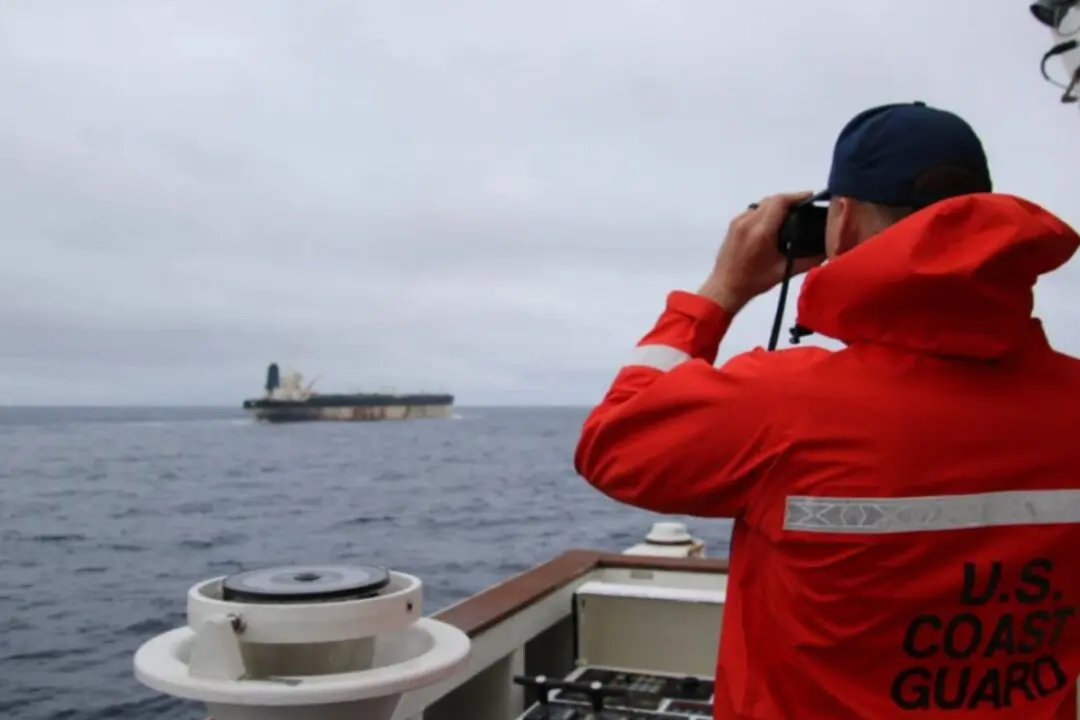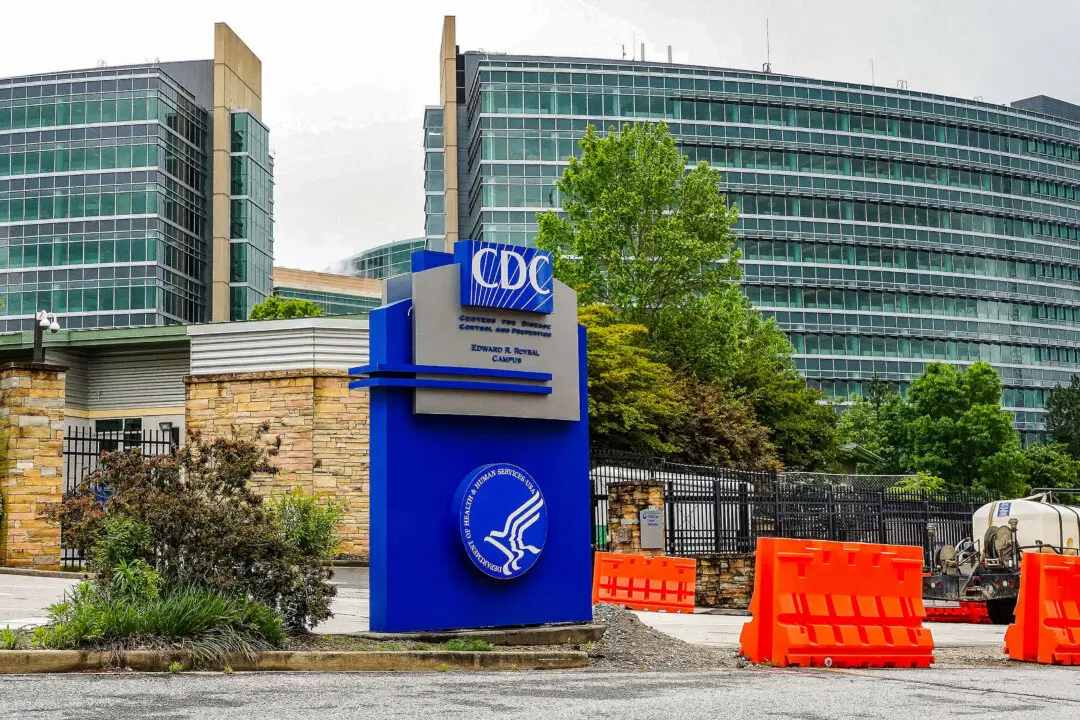An earthquake hit near Anchorage, Alaska, on the night of Oct. 14, according to the U.S. Geological Survey (USGS).
The quake had a 4.5 magnitude on the Richter scale, hitting at 9:19 p.m. local time, about 20 miles west of Anchorage. It had a depth of about 39 miles, the USGS said.




